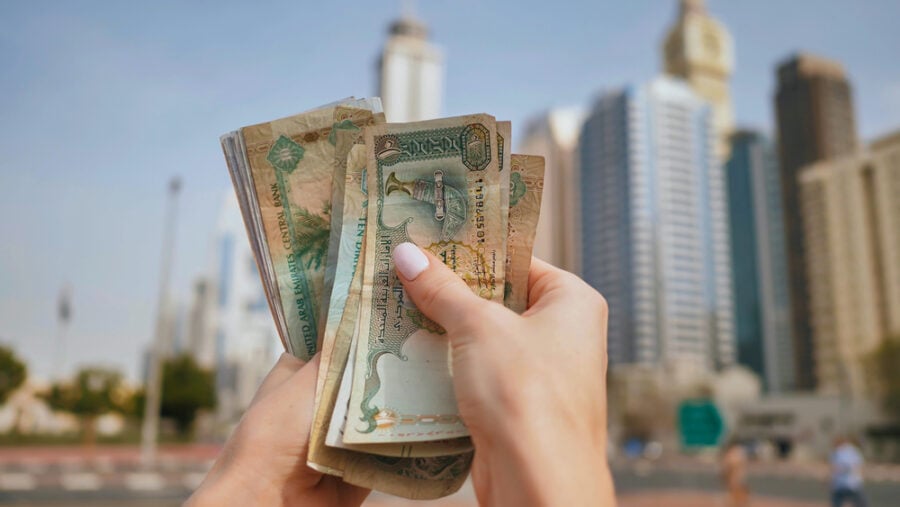All reports issued by international financial institutions (IFIs) and agencies confirm that the banking systems in the Gulf Cooperation Council (GCC) have proven their ability to withstand shocks, and they continue to do so despite the turmoil and geopolitical tensions.
Standard & Poor’s (S&P) presents in its research note “Why are the banking systems in the GCC resilient in the face of geopolitical stress scenarios?”, histories that show the resilience of banking systems in the GCC in the face of regional shocks.
According to the report seen by Economy Middle East, banks in the GCC have remained remarkably stable and secure over the past three decades despite some regional shocks.
Standard says that deposits in the GCC banking system continued to expand and remained remarkably stable, “except for what happened during the 1990 Gulf War, which led to a decline in liquidity, but funding of a similar size to withdrawals returned within a year.”
External financing for the GCC has traditionally been very limited
The agency pointed out that external financing for the GCC is traditionally very limited, and it expected that domestic deposits would be more stable. But added, “Nevertheless, the balance of the total external liabilities of the financial sector has increased significantly over the past few decades and now includes just under $550 billion.”
iT explained at this point that banks in the GCC constitute, on average, a third of the total external liabilities of their economies, where Omani and Saudi banks contribute less than 10 percent of the total liabilities, and Qatari and Kuwaiti banks more than 40 percent.
Another source of confidence in the stability of deposits for these banking systems in the Gulf countries is the presence of large external financial assets and reserves of central banks.
4 Factors for the Historical Resilience of Bank Deposits in the GCC Countries
S&P identifies four factors that explain the historical resilience of bank deposits in the GCC, which we summarize in the following:
- Expatriates dominate the population, but not bank accounts: high structural transfers out of the region have limited the accumulation of finance. Although foreign residents make up about 90 percent of the population in Qatar and Dubai, for example, they represent a much smaller percentage of retail deposits. In Qatar, for example, only about 20 percent of retail deposits come from non-nationals. The agency expects that retail deposits from non-nationals in Kuwait and Saudi Arabia will represent less than 20 percent of the total.
- Oil revenues supported public spending and, in turn, long-term corporate development and population growth: Ambitious hydrocarbon-backed economic development policies attracted huge amounts of expatriate labor to the region and stimulated corporate expansion, which supported deposit growth.
- Depositors from high-risk countries add to stability: The stability of most banking systems in the GCC has led to them to being considered safe havens for savings, investments and business development from less stable countries in the greater Middle East and sub-continental Asia.
- Wealthy public sectors also support the stability of bank deposits: in the GCC countries, income from the sale of oil and gas supports the growth of public sector deposits, which are generally channeled through national oil and gas companies.
Stress tests
The results of stress tests for Gulf banks conducted by “S&P” showed that Saudi and Kuwaiti banks enjoy the highest and complete coverage of foreign liabilities through foreign assets. UAE banks also enjoy a strong coverage rate of about 92 percent as of September 30, 2021.
On the other hand, Qatari banks enjoy the lowest coverage of foreign debt by about 35 percent on December 31, 2021. “This is due to their rapid build-up of foreign debt and the recycling of funds in local projects,” according to the agency.
Stress tests have also shown that banks in the region’s largest economies are likely to remain able to withstand external financing outflows, mostly from their own resources, before switching to sovereign support.








